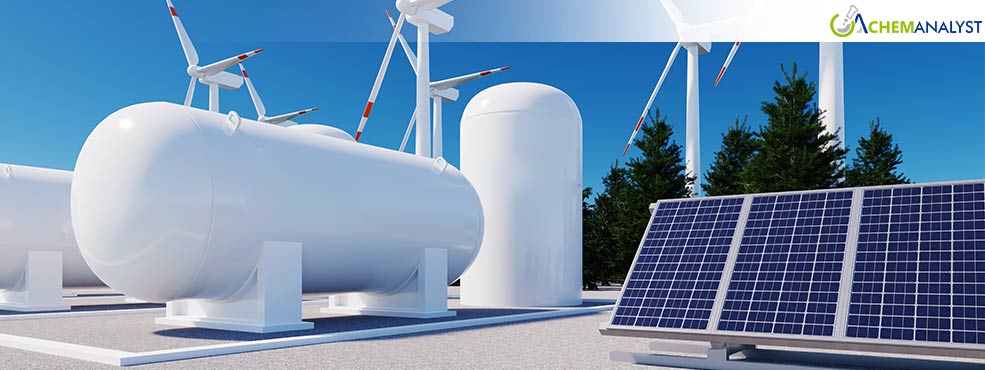Welcome To ChemAnalyst

Researchers at the University of Alberta (U of A) have unveiled an innovative, low-cost technique that could revolutionize the hydrogen production industry. By harnessing the power of sunlight and specialized materials, the team has developed a groundbreaking method to split water into hydrogen and oxygen more efficiently and affordably than ever before.
Hydrogen, increasingly recognized as a sustainable alternative to fossil fuels, is at the center of many nations' energy strategies. However, current methods of hydrogen production remain expensive and inefficient. Traditional techniques rely on solar panels to generate electricity, which is then used to electrolyze water—an approach that requires significant energy and costs.
The U of A team, led by Karthik Shankar, bypasses this inefficiency by directly using sunlight to split water molecules. This method requires far less energy and has the potential to drastically reduce costs.
At the heart of this breakthrough is carbon nitride, a material made from urea, a cheap and abundant chemical found in fertilizers and even urine. The carbon nitride absorbs sunlight and releases energized electrons, creating "holes" where electrons once resided. This process is made even more efficient when titanium dioxide is added, forming a junction with the carbon nitride. This interaction prevents the electrons and holes from recombining too quickly, allowing the reaction to continue long enough to generate usable hydrogen and oxygen.
In this new process, energized electrons combine with protons from water to produce hydrogen gas (H2), while the "holes" interact with hydroxyl ions to create oxygen gas (O2). The result is a clean, efficient method for producing hydrogen—without the need for traditional, expensive electrolysis.
The flexibility of this technique sets it apart from existing methods. Unlike other systems that rely heavily on clear skies and direct sunlight, the U of A's new method remains effective even on cloudy days. Nanowires in the system capture sunlight from various angles, maximizing efficiency regardless of weather conditions. Furthermore, the hydrogen gas produced can be stored for transport, eliminating the need for large, costly storage batteries.
More eco-friendly than silicon solar panels, this new process relies on low-cost, abundant materials without the need for extreme heating or significant pollution.
Looking ahead, the U of A team plans to explore the use of melamine, another common material, in place of urea. They also see potential in adapting this method to generate hydrogen from methanol—a less clean but still viable alternative.
The researchers anticipate that their method could be ready for large-scale commercial use within the next three to five years. Their findings have been published in the Journal of the American Chemical Society.
We use cookies to deliver the best possible experience on our website. To learn more, visit our Privacy Policy. By continuing to use this site or by closing this box, you consent to our use of cookies. More info.
